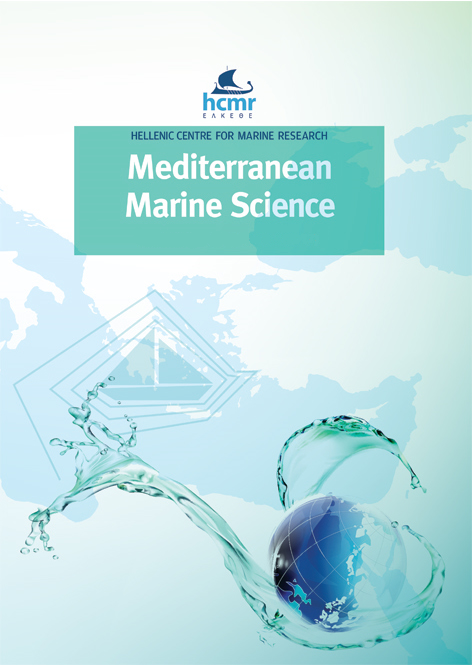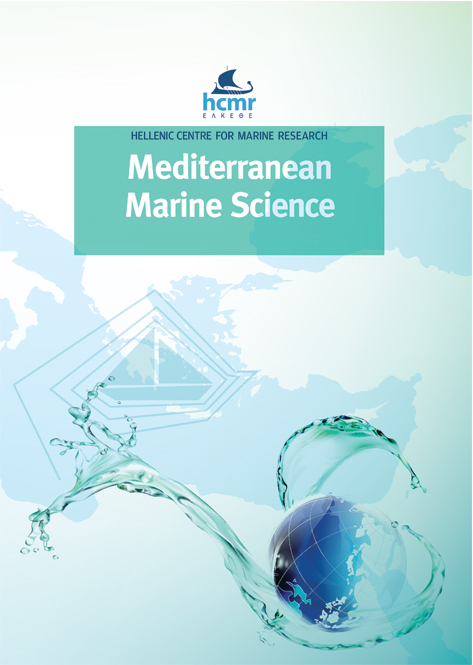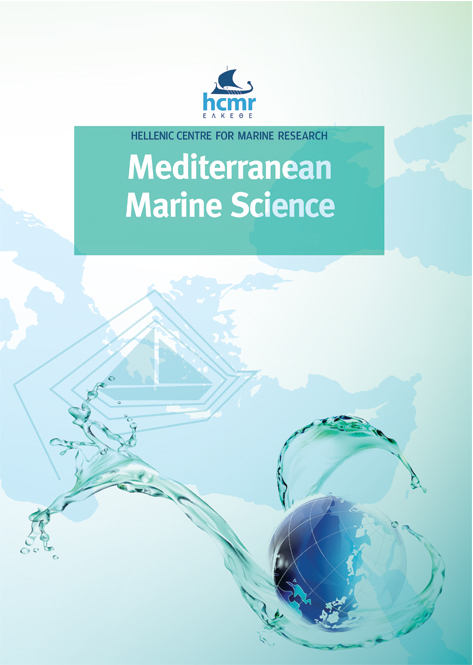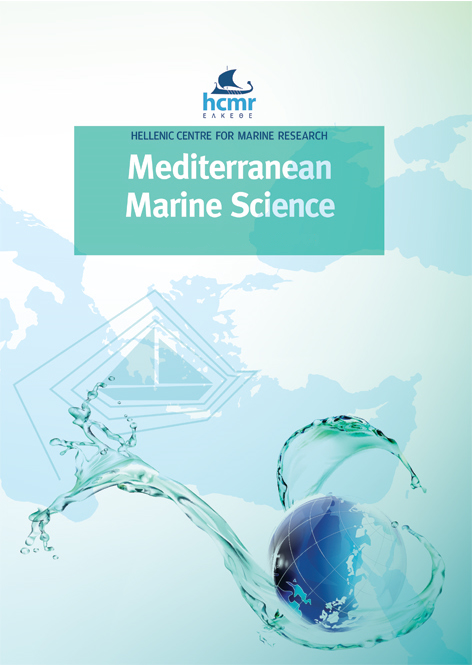The prevalence of two known pathogens of Atlantic Blue Crab Callinectes sapidus (Rathbun, 1896) in coastal Adriatic, Aegean Sea, and Atlantic Iberian coast
Περίληψη
In the Mediterranean Sea, the abundance of the invasive portunid crab, Callinectes sapidus, has dramatically increased in recent years. This raises concerns about damage to ecosystems, but also offers opportunities for exploitation of a new fishery. Newly invasive species may escape from pathogens in their native range, may introduce new pathogens, or can become host to endemicpathogens. Understanding these factors is important for predicting or managing natural resources in the invaded range. Using quantitative PCR methodology, this study investigated the prevalence of two pathogens common in C. sapidus in its home range of North America: the reovirus CsRV1 and the protozoan parasite Hematodinium perezi. In crabs collected from Aegean, Adriatic, and Atlantic waters, the CsRV1 virus was not detected. In contrast, the parasite H. perezi was found in crabs from all areas except the Aegean Sea. Sequence analysis of the H. perezi ITS1 gene indicated that the strains observed are most related to genotypes already described in Europe and the Mediterranean, and not to strains from the Americas or Asia. The arrival of new species and new potential pathogens is ongoing through transfer of ballast water to the Atlantic and Mediterranean. Although systems are in place to exchange or inactivate ballast water, it is advisable to continue and expand surveillance for pathogens in introduced species, to inform management of movement of these species between regions.
Λεπτομέρειες άρθρου
- Πώς να δημιουργήσετε Αναφορές
-
SCHOTT, E., BRAILO ŠĆEPANOVIĆ, M., MARŠIĆ-LUČIĆ, J., PARES, O., ZHAO, M., HRABAR, J., GLAMUZINA, L., PEĆAREVIĆ, M., GRĐAN, S., PEDRO DA SILVA ENCARNAÇÃO, J., MORAIS, P., PEŠIĆ, A., ĆETKOVIĆ, I., & GLAMUZINA, B. (2025). The prevalence of two known pathogens of Atlantic Blue Crab Callinectes sapidus (Rathbun, 1896) in coastal Adriatic, Aegean Sea, and Atlantic Iberian coast. Mediterranean Marine Science, 26(4), 930–940. https://doi.org/10.12681/mms.39256
- Ενότητα
- Research Article
Authors who publish with this journal agree to the following terms:
- Authors retain copyright and grant the journal right of first publication with the work simultaneously licensed under a Creative Commons Attribution Non-Commercial License that allows others to share the work with an acknowledgement of the work's authorship and initial publication in this journal.
- Authors are able to enter into separate, additional contractual arrangements for the non-exclusive distribution of the journal's published version of the work (e.g. post it to an institutional repository or publish it in a book), with an acknowledgement of its initial publication in this journal.
- Authors are permitted and encouraged to post their work online (preferably in institutional repositories or on their website) prior to and during the submission process, as it can lead to productive exchanges, as well as earlier and greater citation of published work (See The Effect of Open Access).











